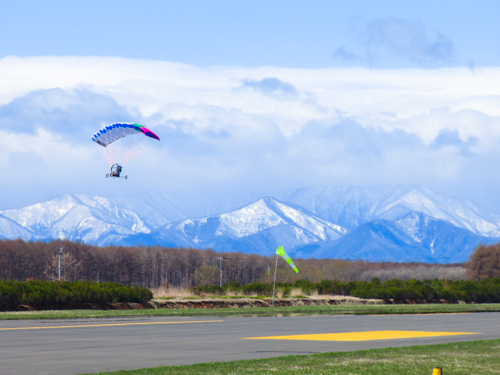June 2014 Issue
Research Highlights
Control systems: Fuzzy features
The natural world is not always logical, and precise states such as 'true' or 'false' are quite rare. The field of fuzzy logic takes account of this fact by creating models in which truth is represented on a continuous scale between 0 and 1. Mathematical control systems based on fuzzy logic have proved useful for real-world situations such as handwriting recognition on pocket computers, auto-focusing on cameras, and earthquake prediction.
One popular fuzzy control methodology is the Takagi-Sugeno (T-S) model, which involves interactions between 'controllers' and 'observers' represented by matrix polynomials. Now, Kazuo Tanaka and colleagues at the University of Electro-Communications in Tokyo, with co-workers at Kyushu Institute of Technology and Boston University, USA, have used a sum-of-squares approach to design effective observers within three classes of T-S fuzzy systems1.
The most striking feature of the sum-of-squares designs is that, for two of the fuzzy systems tested, the designs realize the 'separation principle', meaning that the fuzzy controller and observer can be separately designed without affecting the stability of the overall system. The principle doesn't hold for the more complicated third system, but Tanaka and co-workers have proposed an algorithm that predicts the best controller and observer designs to maximize stability.
The algorithms developed by Tanaka and co-workers are easily implemented using the SOSTOOLS toolbox within the popular MatLab programming environment. In future, the researchers hope to realize the separation principle for even the third fuzzy system, and will apply their models to improving aerial vehicles control.
- Tanaka, K., Ohtake, H., Seo, T., Tanaka, M. & Wang, H.O. Polynomial fuzzy observer designs: a sum-of-squares approach. IEEE Transactions on Systems, Man and Cybernetics - Part B: Cybernetics 42(5), 1330-1342 (2012) doi: 10.1109/TSMCB.2012.2190277



